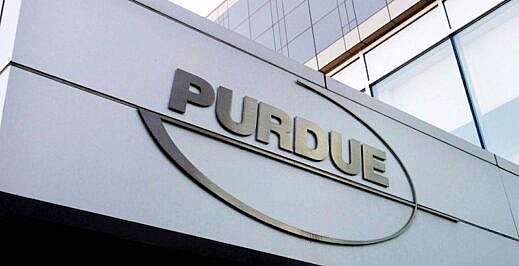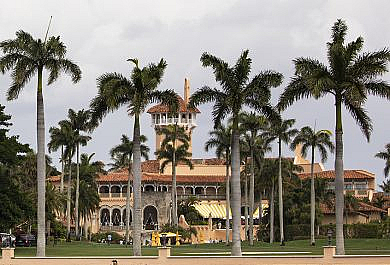Purdue Pharma will pay over $8 billion in fines. What happened?
Summary
OxyContin manufacturer Purdue Pharma pled guilty to three charges of conspiracy and agreed to pay the largest penalties ever levied against a pharmaceutical manufacturer in U.S. history.
- Yesterday, the Justice Department announced “a resolution of its criminal and civil investigations into the opioid manufacturer Purdue Pharma LP.”
- Purdue Pharma pled guilty to conspiracy to defraud the United States by impeding the lawful function of the DEA, including aiding and abetting the violations of the Food, Drug, and Cosmetics Act, and conspiracy to violate the Federal Anti-Kickback Statute. As part of a civil settlement, the corporation agreed on a bankruptcy package and the Sackler family will pay $225 million.
- Purdue and other opioid manufacturers and distributors are facing lawsuits in almost every state for their role in the opioid crisis across the country.
- Purdue chairman Steve Miller noted in a statement that the Sackler family, who founded the company, no longer sit on the board of the corporation. He said that Purdue “deeply regrets and accepts responsibility for the misconduct detailed by the Department of Justice.”
- Purdue made over $30 billion in profits from the sale of OxyContin since its inception. The company was found guilty of providing illegal kickbacks to doctors for prescribing opioids and failed to report instances of physicians over-prescribing highly addictive drugs to patients. Purdue declared bankruptcy last year in the midst of thousands of lawsuits.
- Criminal charges from several states are still yet to resolve despite the federal resolution; the Massachusetts Attorney General yesterday said that she was “not done” with the Sacklers or Purdue.
- The CDC estimates that the opioid crisis has led to the death of over 450,000 Purdue Pharma was the original manufacturer of OxyContin, a highly addictive opioid drug, and marketed the drug aggressively to Americans between 1998 and 2018. The Department of Justice stated that Purdue’s actions directly created a “devastating ripple effect…[that] left lives lost and others addicted.”
![]()
- Express dissatisfaction with the settlement. New York Magazine points out that an $8 billion bankruptcy deal is nothing compared to the $30 billion in profits of the company, and a writer for the New Yorker highlights that the Sacklers have already taken over $13 billion out of the company for themselves. Huff Post reports on comments from state Attorneys General, including Connecticut AG William Tong who called the settlement “a mirage of justice.”
- Speculates that the deal is part of a campaign to boost Purdue’s public image. Bloomberg writes that the settlement is probably “part of Purdue’s effort to move past claims it helped spark a public-health crisis over opioids with its marketing of OxyContin.”
- Generally regards the deal as too little, too late. The Daily Beast holds Purdue Pharma directly responsible for the opioid crisis, while The New York Times points out that the settlement does little to address the needs of those who have suffered at the hands of opioid addiction. Vox criticizes the deal for sending no one to prison on criminal charges. CNN reports that Purdue clearly and flagrantly broke the law.
![]()
- Expresses cautious skepticism about the deal. Fox News points out that the Sackler family was not issued criminal charges, although they are not yet exempt from criminal liability.
- Points out that the deal does nothing to address those affected by the opioid crisis. In an article for Breitbart News, one recovering opioid user calls Purdue a “drug cartel.” Reason writes that the settlement “makes drug warriors feel good, but won’t reduce opioid-related deaths.”
- Highlights President Trump’s role in securing a guilty plea from the pharmaceutical company. Savage Nation calls the settlement a “score for Trump,” while the National Review highlights the complexity of the litigation which led to the settlement under Trump’s administration, especially in the midst of the coronavirus pandemic.
© Evelyn Torsher, 2020






